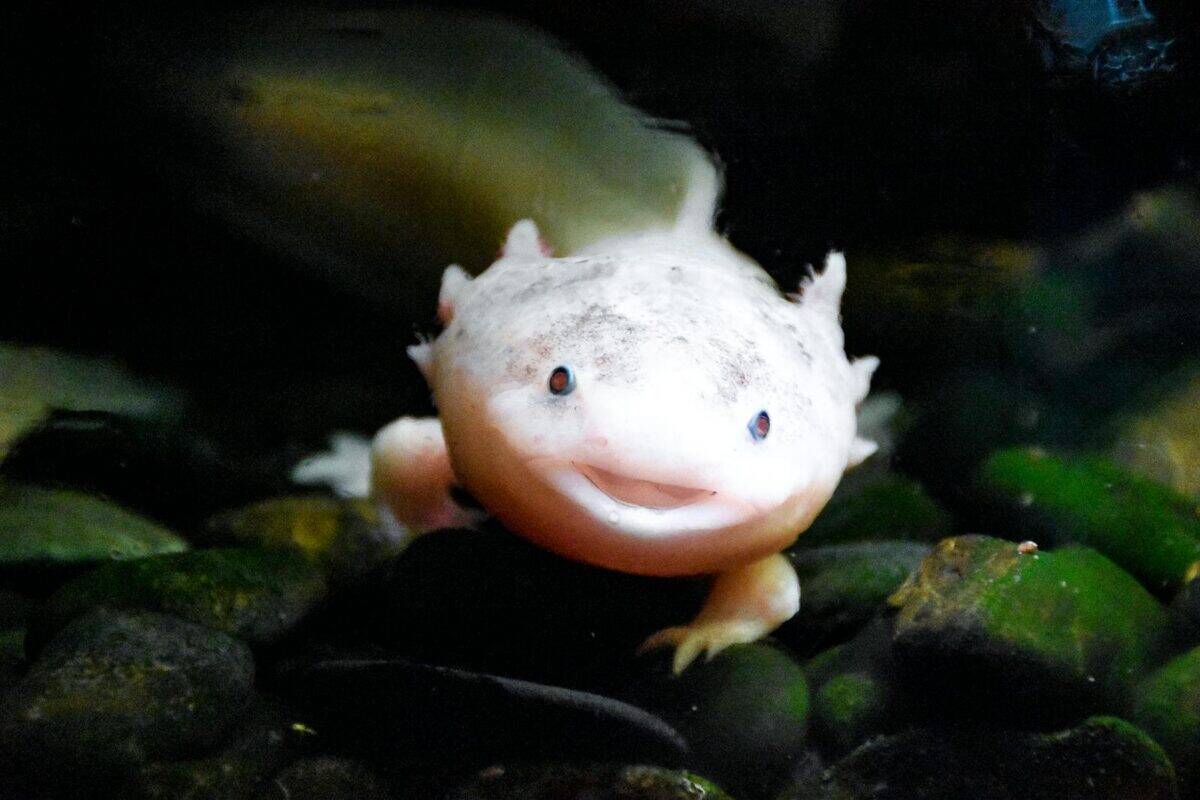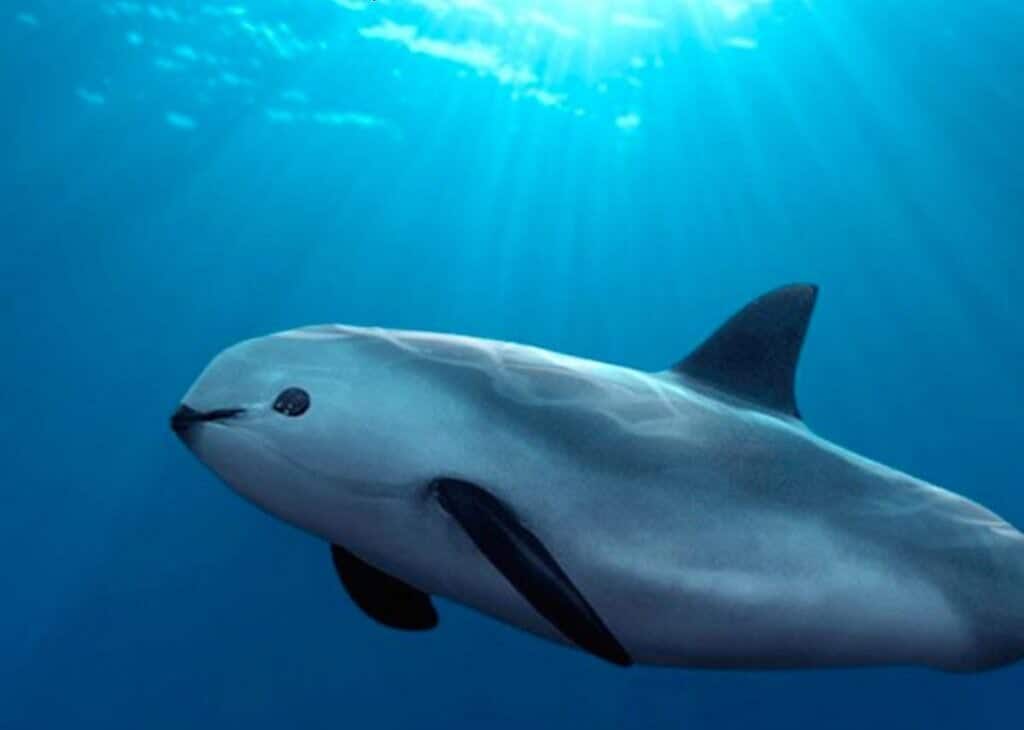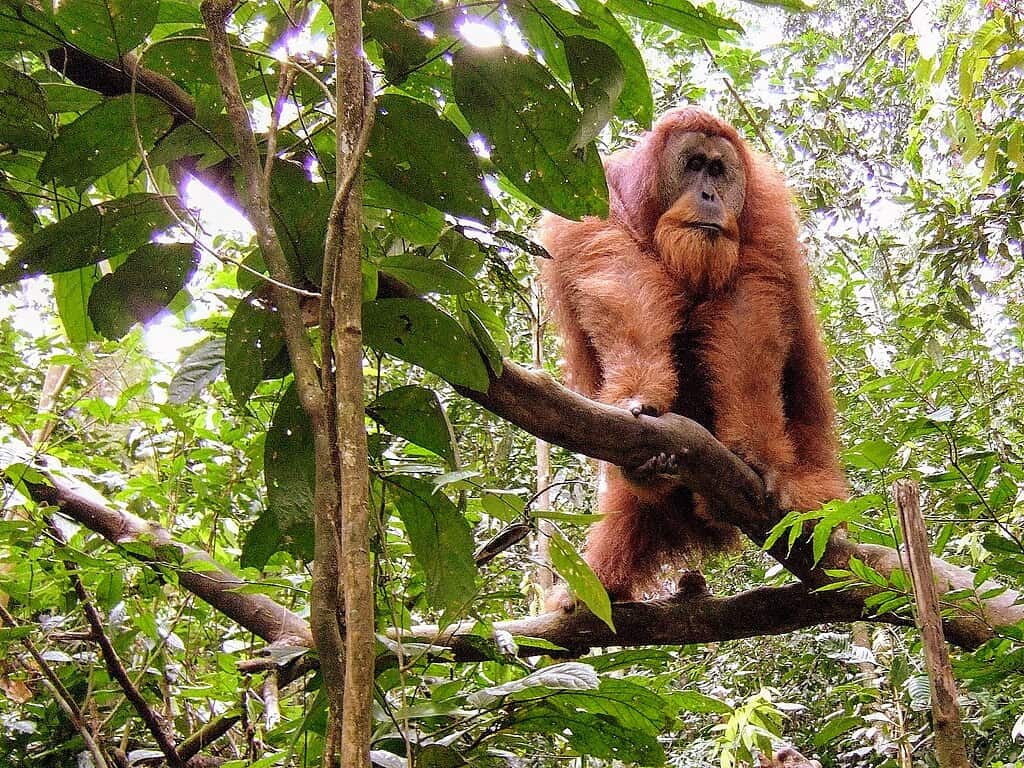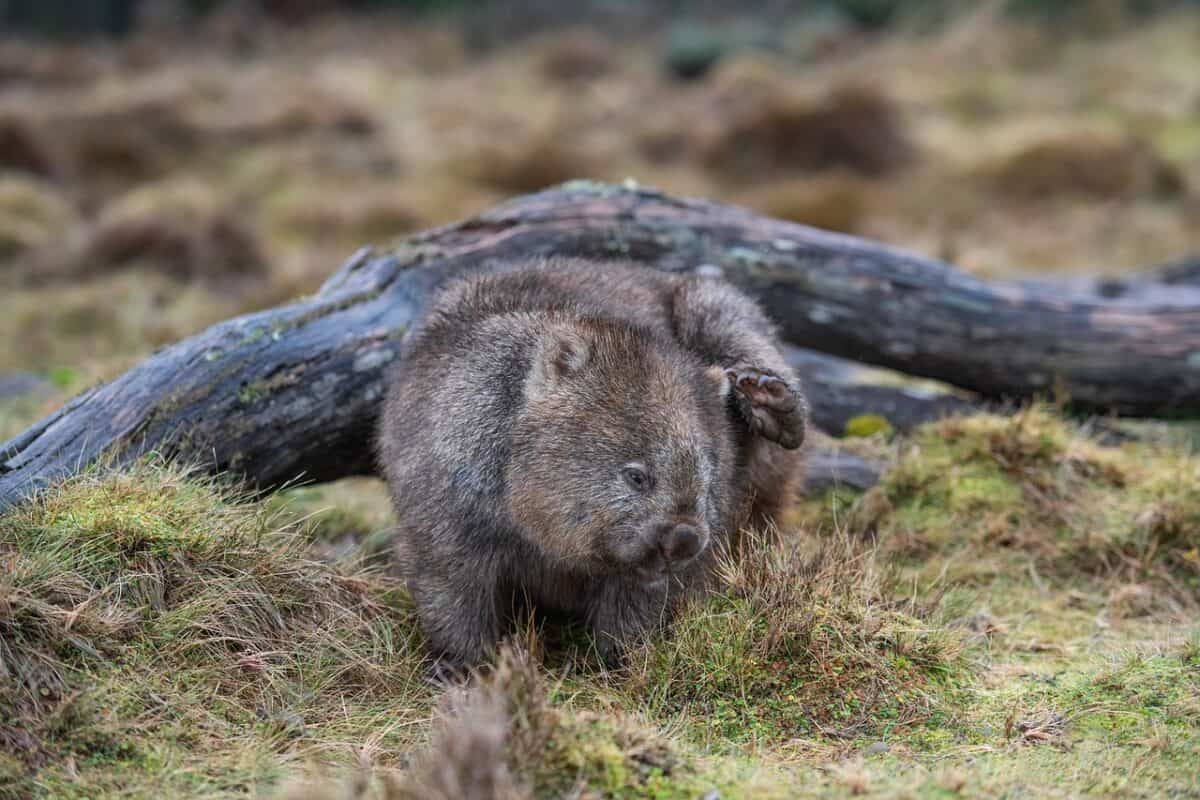The animal kingdom is home to some of the most adorable creatures on Earth, but unfortunately, many of these charismatic species face serious threats to their survival. From fluffy pandas to doe-eyed primates, these animals capture our hearts while simultaneously fighting for their existence. Conservation efforts worldwide aim to protect these vulnerable species, but raising awareness about their plight is equally crucial. This article highlights 13 of the cutest endangered animals, exploring their unique characteristics, the threats they face, and what’s being done to save them from extinction.
Giant Panda

With their distinctive black and white markings, round faces, and cuddly appearance, Giant Pandas have become international symbols of conservation. Native to central China, particularly Sichuan province, these bamboo-loving bears have seen their population decline dramatically due to habitat loss and fragmentation. Although recent conservation efforts have upgraded pandas from “endangered” to “vulnerable” on the IUCN Red List in 2016, their situation remains precarious with only about 1,800 remaining in the wild. Pandas require large territories with abundant bamboo forests, and their notoriously difficult breeding habits—females are only fertile for 2-3 days per year—further complicate recovery efforts. China’s establishment of panda reserves and international breeding programs represent significant steps toward protecting these beloved bears for future generations.
Red Panda

Often overshadowed by their larger namesakes, Red Pandas are cat-sized mammals with fox-like faces, rust-colored fur, and bushy tails. Despite their name and similar bamboo diet, they’re not closely related to Giant Pandas but form their own unique family. Found in high-altitude forests across the Himalayas and southwestern China, these adorable creatures face severe threats from deforestation, habitat fragmentation, and poaching. The IUCN lists them as “endangered” with population declines exceeding 50% in three generations. With fewer than 10,000 mature individuals remaining in the wild, conservation programs focus on habitat protection and anti-poaching efforts. Their endearing appearance—complete with teddy bear-like faces and distinctive mask-like fur patterns around their eyes—has helped make them ambassador species for high-altitude forest conservation efforts across Asia.
Axolotl

The axolotl, or Mexican walking fish, captivates with its perpetual smile, feathery external gills, and adorable appearance. This amphibian is completely aquatic and exhibits neoteny—retaining juvenile features into adulthood. Native only to Lake Xochimilco and Lake Chalco in the Valley of Mexico, wild axolotls are critically endangered due to urbanization, water pollution, and introduction of invasive species. Scientists estimate fewer than 1,000 remain in their natural habitat, despite being commonly bred in captivity for the pet trade and scientific research. Their remarkable regenerative abilities—they can regrow entire limbs, parts of their brain, and even heart tissue—make them valuable for medical research. Conservation efforts include habitat restoration in the canals of Xochimilco and captive breeding programs, though saving their wild population requires addressing the complex urban environmental challenges of Mexico City.
Pygmy Three-toed Sloth

The Pygmy Three-toed Sloth, discovered only in 2001, is among the world’s most critically endangered mammals. Endemic exclusively to Isla Escudo de Veraguas, a tiny island off Panama’s coast, these miniature sloths are about 40% smaller than their mainland cousins. With their round faces, button noses, and perpetually sleepy expression, they embody cuteness in the slowest possible form. Unfortunately, their extremely limited range—just 4.3 square kilometers—makes them incredibly vulnerable to habitat destruction and human interference. Their population is estimated at fewer than 100 individuals, and they face threats from deforestation of mangrove forests and occasional hunting. Unlike many endangered species, their recent discovery means conservation efforts are still developing. Researchers are working to better understand their ecology while advocating for stronger protection of their island habitat.
Philippine Tarsier

With enormous eyes relative to their tiny bodies, the Philippine Tarsier ranks among the most endearing endangered primates. These nocturnal creatures, measuring just 3.5-6 inches long, possess the largest eyes proportional to body size of any mammal—each eye is actually larger than the tarsier’s brain. Found only in the southern Philippines, particularly on islands like Bohol, Samar, and Mindanao, these ancient primates face significant threats from deforestation and the illegal pet trade. Their sensitive nature makes them particularly vulnerable to human disturbance; they can literally die from stress when handled or kept in captivity. With fewer than 10,000 individuals estimated to remain in fragmented forest habitats, conservation programs focus on habitat protection and raising awareness about their unsuitability as pets. The Tarsier Sanctuary in Bohol represents one successful conservation initiative, providing protected habitat while educating visitors about these unique primates.
Vaquita

The vaquita, often called the “panda of the sea,” is the world’s smallest and most endangered marine mammal. These petite porpoises, reaching just 5 feet in length, are immediately recognizable by their dark rings around the eyes, mouth, and fins, creating an expression of perpetual surprise. Endemic to the northern Gulf of California in Mexico, vaquitas have suffered catastrophic population decline primarily due to entanglement in illegal gillnets set for the totoaba fish, whose swim bladders fetch high prices in Chinese black markets. Despite Mexican government protection efforts, including a gillnet ban and the establishment of a refuge area, their numbers have plummeted alarmingly. As of 2021, scientists estimate fewer than 10 individuals remain in the wild, placing the vaquita on the brink of extinction. International conservation efforts continue, though the species’ future remains extremely precarious despite their adorable appearance.
Fennec Fox

The fennec fox, with its disproportionately large ears and tiny stature, epitomizes adorable desert wildlife. Native to the Sahara Desert and parts of the Arabian Peninsula, these nocturnal foxes are the smallest canid species in the world, weighing just 1.5-3.5 pounds. Their enormous ears—measuring up to 6 inches long—not only give them an irresistibly cute appearance but also serve vital functions: dissipating heat and detecting prey beneath the sand. While not critically endangered, fennec foxes are listed as “vulnerable” in parts of their range due to habitat loss, the exotic pet trade, and commercial trapping for their fur. Their popularity as exotic pets poses particular concerns, as their natural behaviors and specialized needs make them challenging to keep in captivity. Conservation efforts focus on habitat protection in North African countries and regulating the international trade in these charismatic desert dwellers.
Sumatran Orangutan

With their soulful eyes, expressive faces, and gentle demeanor, Sumatran orangutans represent some of our closest and most endangered relatives. Found only in the northern parts of Sumatra, Indonesia, these great apes have suffered dramatic population declines due to deforestation, primarily for palm oil plantations, logging, and infrastructure development. Their slow reproductive rate—females typically have just one offspring every 8-9 years—makes recovery particularly challenging. Currently classified as critically endangered, fewer than 14,000 remain in the wild, living in increasingly fragmented forest patches. Baby Sumatran orangutans, with their tufts of reddish hair and playful nature, are particularly captivating. Conservation organizations work to protect remaining habitat, rehabilitate orphaned orangutans (often victims of the illegal pet trade), and establish wildlife corridors between fragmented forests. The orangutan’s predicament highlights the broader impact of unsustainable palm oil production on biodiversity in Southeast Asia.
African Penguin

The African penguin, also known as the jackass penguin for its distinctive donkey-like bray, combines natural charisma with an increasingly precarious existence. Standing about 2 feet tall, these penguins sport a characteristic pattern of black spots on their white chests and a distinctive pink patch of skin above their eyes. Endemic to the southwestern coast of Africa, particularly South Africa and Namibia, their population has collapsed by over 98% since the pre-industrial era. Major threats include commercial fishing that depletes their prey, oil spills, habitat disturbance, and climate change affecting their food supply. From nearly a million breeding pairs in the early 20th century, fewer than 20,000 breeding pairs remain today. Conservation efforts include artificial nest boxes, rehabilitation programs for oiled birds, and marine protected areas around key breeding colonies. Their comical waddle and tuxedo-like appearance make them popular ambassador species for marine conservation across southern Africa.
Ili Pika

Often called the “magic rabbit,” the Ili pika combines teddy bear cuteness with extreme rarity. This small mammal, discovered only in 1983 in the Tianshan mountains of northwestern China, resembles a cross between a rabbit and a teddy bear with its round face, short ears, and russet fur. Highly elusive, these adorable creatures live at elevations between 9,800 and 13,450 feet, residing in rock crevices and feeding on alpine plants. Their population has declined by an estimated 70% since their discovery, with fewer than 1,000 individuals believed to remain. Climate change represents their primary threat, as warming temperatures force them to move higher up mountains, eventually running out of suitable habitat. Despite their critically endangered status, they receive little conservation attention or protection. The species’ discoverer, conservationist Li Weidong, has largely self-funded monitoring efforts for these charismatic but little-known mammals, which were not photographed in the wild again until 2014.
Quokka

Known as the “world’s happiest animal” for its seemingly perpetual smile, the quokka has captured the internet’s heart with its cheerful expression and willingness to pose for selfies. These cat-sized marsupials are native to small islands off Western Australia, primarily Rottnest Island and Bald Island, with a few mainland populations. While their apparent grin is simply the result of facial musculature, it creates an irresistibly photogenic quality that has made them social media stars. Despite their internet fame, quokkas face significant conservation challenges. Listed as vulnerable, their mainland populations have declined dramatically due to introduced predators like foxes and cats, habitat loss, and bushfires. Island populations remain healthier but are dependent on strict conservation measures. Their popularity as a tourist attraction on Rottnest Island has created both challenges and opportunities for conservation, with authorities implementing strict guidelines against feeding or touching these charismatic marsupials while using their appeal to promote conservation awareness.
Northern Hairy-Nosed Wombat

The northern hairy-nosed wombat might not immediately spring to mind when thinking of cute endangered animals, but these sturdy marsupials possess an undeniable charm with their stout bodies, short limbs, and distinctive flat noses. As one of the world’s rarest large mammals, these wombats have faced a precarious existence for decades. Found naturally in just one location—Epping Forest National Park in Queensland, Australia—their population dropped to as few as 35 individuals in the early 1980s. Through intensive conservation efforts, including predator-proof fencing, supplemental feeding during droughts, and the establishment of a second population at Richard Underwood Nature Refuge, their numbers have increased to approximately 315 individuals. These nocturnal burrowers face threats from predation, competition with cattle and rabbits for food, disease, and the genetic limitations of such a small population. Their slow reproductive rate—females typically produce just one joey every two to three years—makes population recovery particularly challenging despite their endearing appearance.
Sea Otter

Sea otters, with their expressive faces, penchant for floating on their backs, and habit of holding hands (or “rafting”) while sleeping, rank among the most charismatic marine mammals. These aquatic members of the weasel family are remarkable for several reasons: they have the densest fur of any animal (up to one million hairs per square inch), use tools to crack open shellfish, and play a crucial role in maintaining kelp forest ecosystems by controlling sea urchin populations. Once numbering 150,000-300,000 worldwide, sea otters were hunted to near extinction for their luxurious fur, with perhaps fewer than 2,000 individuals remaining by the early 20th century. Though protected by international treaty since 1911, their recovery has been uneven. Southern sea otters in California remain threatened with approximately 3,000 individuals, while Alaskan populations have largely recovered. Beyond their historical hunting, contemporary threats include oil spills, fishing gear entanglement, shark predation, and diseases linked to coastal pollution. Their remarkable comeback in parts of their range represents one of conservation’s success stories, though the species remains endangered or threatened in significant portions of its historical habitat.
Conclusion: The Importance of Protecting Earth’s Cutest Creatures

The endangered animals featured in this article represent just a fraction of the species facing extinction threats worldwide, yet they illustrate an important point about conservation: charismatic species with “cute” features often serve as powerful ambassadors for broader environmental protection. When we protect pandas, we preserve bamboo forests that harbor countless other species; when we save sea otters, we help maintain healthy kelp forest ecosystems. Beyond their ecological importance, these animals enrich our world with their unique adaptations, behaviors, and the simple joy their existence brings. Conservation requires addressing complex challenges including habitat loss, climate change, poaching, and pollution—issues that ultimately affect human welfare as well. By connecting emotionally with these endearing creatures, we can build wider support for the comprehensive environmental protections necessary to ensure a biodiverse planet for future generations.
- 15 Strongest Animals by Body Size - August 19, 2025
- 6 Ways Bald Eagles Defend Their Territory And 3 That Fail - August 19, 2025
- 11 Dog Behaviors That Annoy Even the Most Patient Owners - August 19, 2025

